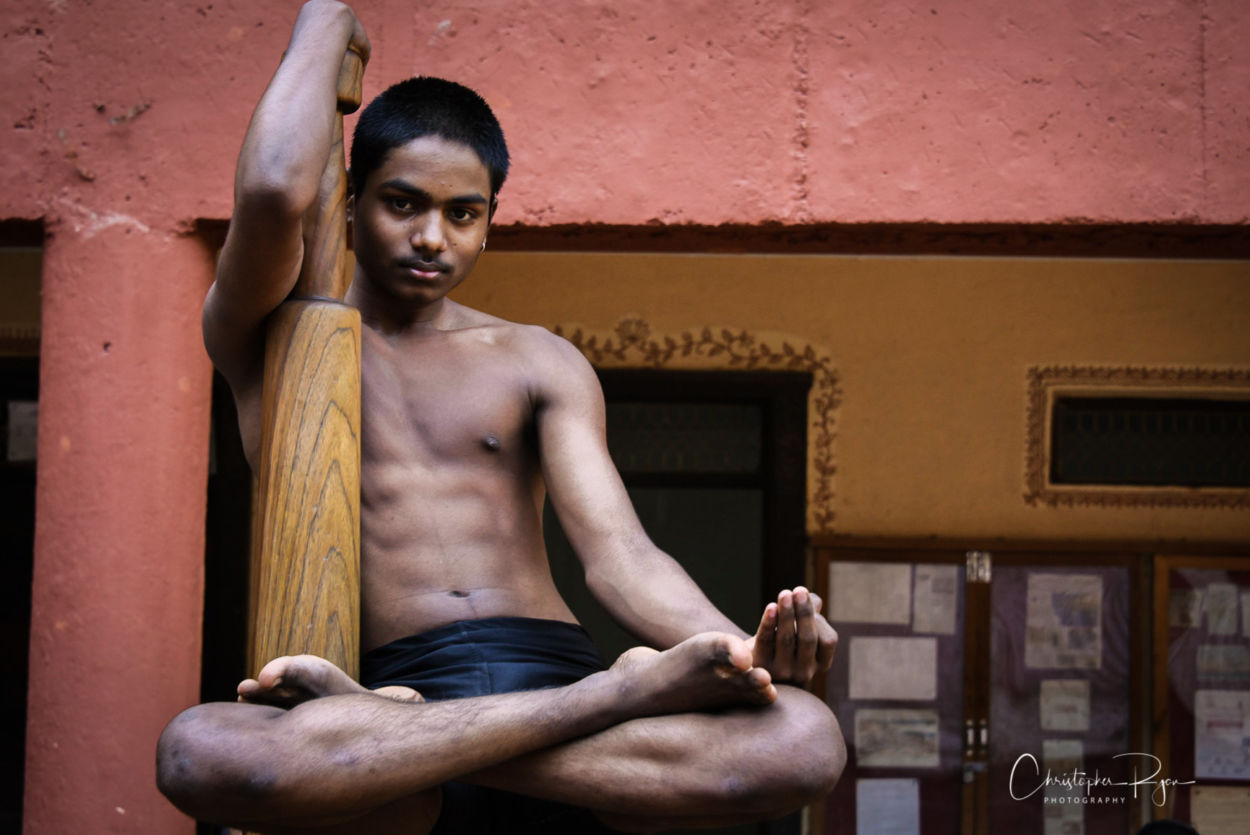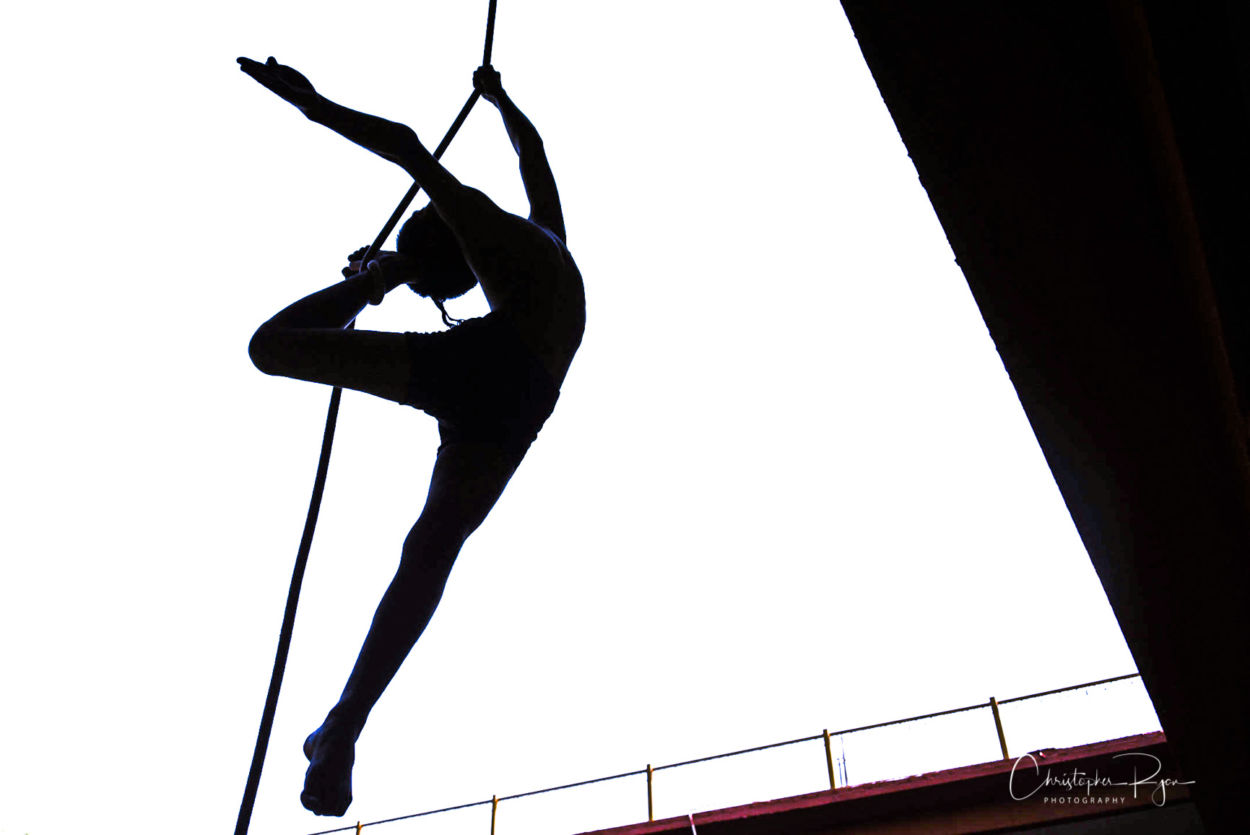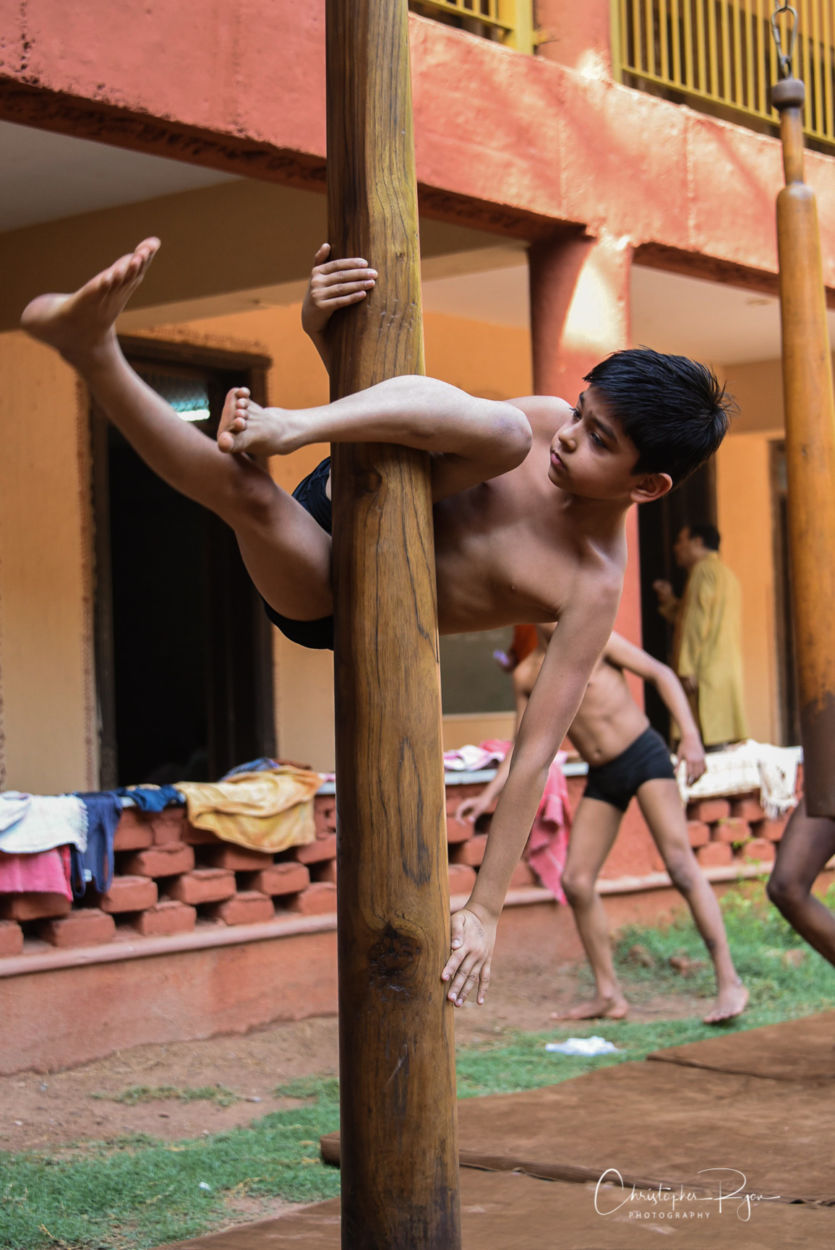I was very fortunate to spend an afternoon with mallakhamb performers at Gurukulam Shiksha this past March. Read further to learn the definition of mallakhamb and see photos of these amazing athletes.

Mallakhamb students from Jayesh Kacha’s class. From left to right: Monu, Manish, Bhuwan, Amit, Eklavya, Om, Swaroop, Dixit
Mallakhamb is a very demanding sport practiced in India. The name itself means “Wrestling – Pole” and many consider it a precursor to modern-day “Pole-dancing”. Mallakhamb is performed on a standing pole or a hanging rope. The oldest record of this sport is found in Indian literature from the 12th century, it became a competitive sport in India in 1958 in the National Gymnastics Championship. Mallakhamb performers are highly disciplined and dedicate a great deal of time to perfecting their performing abilities. They have incredible upper body strength as well agility and focus.
Gurukulam Shiksha is a world-class school offering Mallakhamb as part of their curriculum. A Gurukulam is a type of education system in ancient India with shishya (‘students’ or ‘disciples’) living near or with the guru. The word gurukula is a combination of the Sanskrit words guru (‘teacher’ or ‘master’) and kula (‘family’ or ‘home’). In a gurukula, the students living together are considered as equals, regardless of their social standing.
At the gurukula, I was welcomed by Jayesh Cacha, a professional Mallakhamb coach who has been a mallakhamb performer since the age of 15. Prior to practicing mallakhamb, Jayesh was a black belt in karate. Once being introduced to mallakhamb he was enamored with the sport and is now a dedicated coach and mentor to his students. He coaches a small group of 8 children ranging in age from 11 to 17. In addition to teaching at the gurukula, Jayesh also freelances in other aerial arts training.









Leave a Reply
You must be logged in to post a comment.